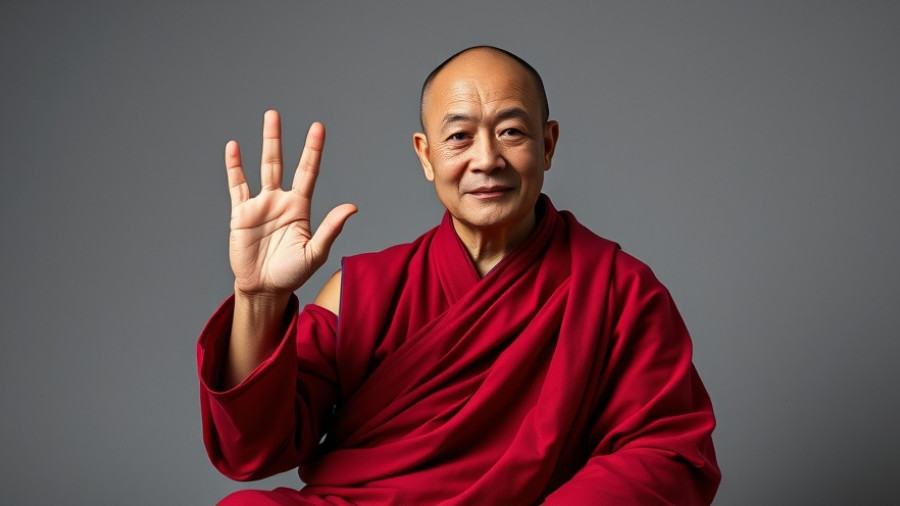
Understanding the Cycles of Samsara in "Severance"
The Apple TV+ series "Severance" not only captivates audiences with its gripping narrative, but it also invites viewers to explore profound spiritual themes. As we journey through the show, we find ourselves reflecting on the concept of samsara—the cycle of birth, death, and rebirth that drives human experience. At its core, "Severance" artfully weaves karma and suffering into its plot, echoing ancient wisdom and modern dilemmas.
Work-Life Balance and the Illusion of Duality
In "Severance," the dual existence of characters—marked by the stark separation between their professional (Innie) and personal (Outie) lives—mirrors the struggles many face in daily life. Just as Mark Scout grapples with his grief and the choice to sever himself from pain, so too do we often create barriers that inhibit our true selves from experiencing both joy and sorrow. This poignant exploration urges us to question: What are the repercussions of living such a fragmented life?
The Role of Mindfulness in Healing
As Mark's journey unfolds, we see the crucial need for presence and mindfulness in overcoming suffering. The show subtly hints that, had Mark embraced his grief rather than fleeing from it, he might have found the liberation he desperately seeks. In our everyday lives, adopting a mindfulness practice can allow us to fully experience the spectrum of emotions, fostering healing rather than avoidance. As the Zen proverb reminds us, “The obstacle is the path.”
Surrealism as a Reflection of Inner Struggles
The surreal play with spaces within Lumon serves as a profound metaphor for the labyrinth of our own minds—each area reflecting different aspects of samsara. The floors represent realms of existence: from the animal and hungry ghost realms to the god realm, inviting audiences to contemplate their own entrapments and desires. This layered narrative illustrates that while we often chase elusive happiness (represented by Lumon's seemingly perfect scenarios), the essence of liberation lies in confronting our reality.
Imagery of Rebirth and Redemption
As the plot thickens in season two, we discover that Mark's wife, Gemma, is alive, symbolizing hope and possibilities beyond despair. This revelation not only reignites Mark’s purpose but also serves as a narrative device for recognizing the cyclical nature of existence. In Buddhism, it is taught that recognizing the cyclical patterns of our lives can ultimately lead to enlightenment and freedom. As viewers, we are encouraged to see how redemption is often just one choice away.
With each episode, "Severance" invites us to reflect on our own samsaric cycles—how we react to suffering, seek relief, and the importance of self-awareness in this intricate dance of life. Embracing the insights of mindfulness can transform how we navigate our own paths, ultimately leading to greater clarity and liberation.
As we engage with the themes presented in "Severance," let's take a moment to cultivate awareness and presence in our own lives. Understanding these complexities can pave the way for a journey toward wholeness, just as the characters seek their own paths to completeness.
 Add Row
Add Row  Add
Add 




Write A Comment